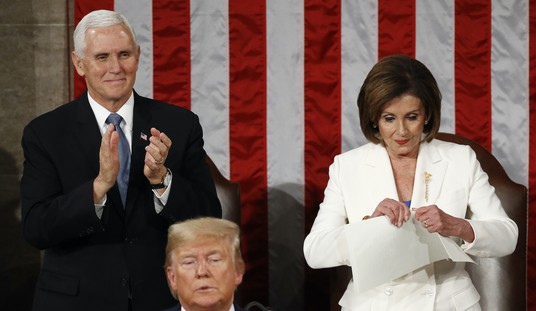
While millions of Americans are struggling to pay for their healthcare, it’s no surprise that elected officials and policy experts are searching for answers on how to make healthcare more affordable.
But, they’re struggling also.
Too often we see the same old ideas retreaded and marched out by politicians in Washington, where they clearly have not learned the right lessons.
An Axios article, published last week threw this into sharp relief, showing that Democrats continue to push for a single-payer, “Medicare-for-all” solution despite the fact that the CBO recently found that Medicare will cost more than expected and will run out of money sooner than anticipated. Even as the Democrats last government program, the Affordable Care Act, raised prices on consumers and reduced choice, many activists and leaders on the left are looking for more government intervention.
That is exactly the wrong approach. It has become increasingly clear that our healthcare system needs less federal interventions to increase competition and bring down prices.
In fact, the model government program, Medicare Part D, is successful exactly because it relies on private sector competition to keep costs low and improve choice. In the first ten years of the Medicare Part D program, it cost $555.8 billion LESS than originally predicted.
We know that competition works and a new plan, released this week by the Health Policy Consensus Group, embraces that established lesson. The proposal rejects another big-government intervention into the healthcare market, instead it looks to remove regulations and red tape created by Obamacare to allow for competition in the marketplace. Similarly, the proposal largely removes Washington from the equation, allowing states to direct money in ways that best suit their needs and their populations, helping to foster innovative models and novel solutions.
The plan protects taxpayer dollars while also protecting patients, ensuring that all Americans are best served by our healthcare system rather than locked into federal mandates that have caused costs to skyrocket.
By looking at our past failures and successes, we can see a way forward to help all American patients afford healthcare and bring the overall cost of healthcare down. It’s time for elected officials in Washington to heed these lessons and actually act on them.












Join the conversation as a VIP Member